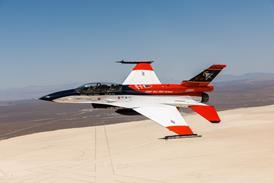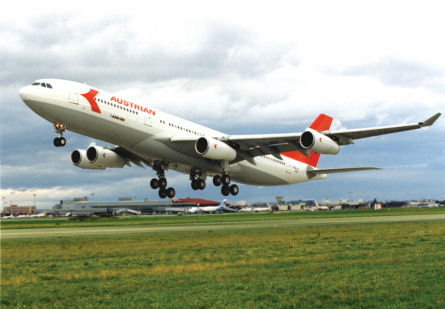European researchers are seeking to recruit airlines for a long-term project using in-service airliners to measure the impact of aviation emissions on climate change.
The so-called In-service Aircraft for a Global Observation System (IAGOS) project would equip 20 long-haul airliners with a 100kg (220lb) payload that can measure eight different types of pollutants, says Andreas Volz-Thomas, the IAGOS project co-ordinator at Forschungszentrum Jürich. "The instruments need to be flown on real in-service aircraft," he says.
The IAGOS study seeks to create a permanent infrastructure for measuring aviation emissions on a worldwide scale. The study would improve on an ongoing, 14-year-old project called Mozaic. The 185kg Mozaic payload measures only four types of emissions, and is flown on five long-haul aircraft. Mozaic began in the mid-1990s on board Airbus A340s operated by Austrian Airlines and Lufthansa.
So far, the Mozaic data appears to downplay the impact of aviation emissions on climate change compared with some estimates, Volz-Thomas says. The study shows that nitrogen oxides in the North Atlantic corridor has not increased since 1993, despite heavy traffic on transatlantic routes. The data also indicates that aviation's contribution to global emission output will decrease with time, he adds.
Such data may be used to focus policy recommendations on reducing aviation emissions. Volz-Thomas says the Mozaic data shows carbon dioxide creates the most significant problem over time, so policies that focus on nitrogen oxides reductions at the expense of carbon dioxide would not be wise. "I would wait for more modelling results before I do that," he says.
The 10-year-long IAGOS project would measure data for emissions including carbon dioxides, nitrogen oxides, water vapour, aerosols and cloud particles.
|
|---|
An Austrian Airlines A340-200 began Mozaic flights in the mid-1990s |
Source: Flight International

















